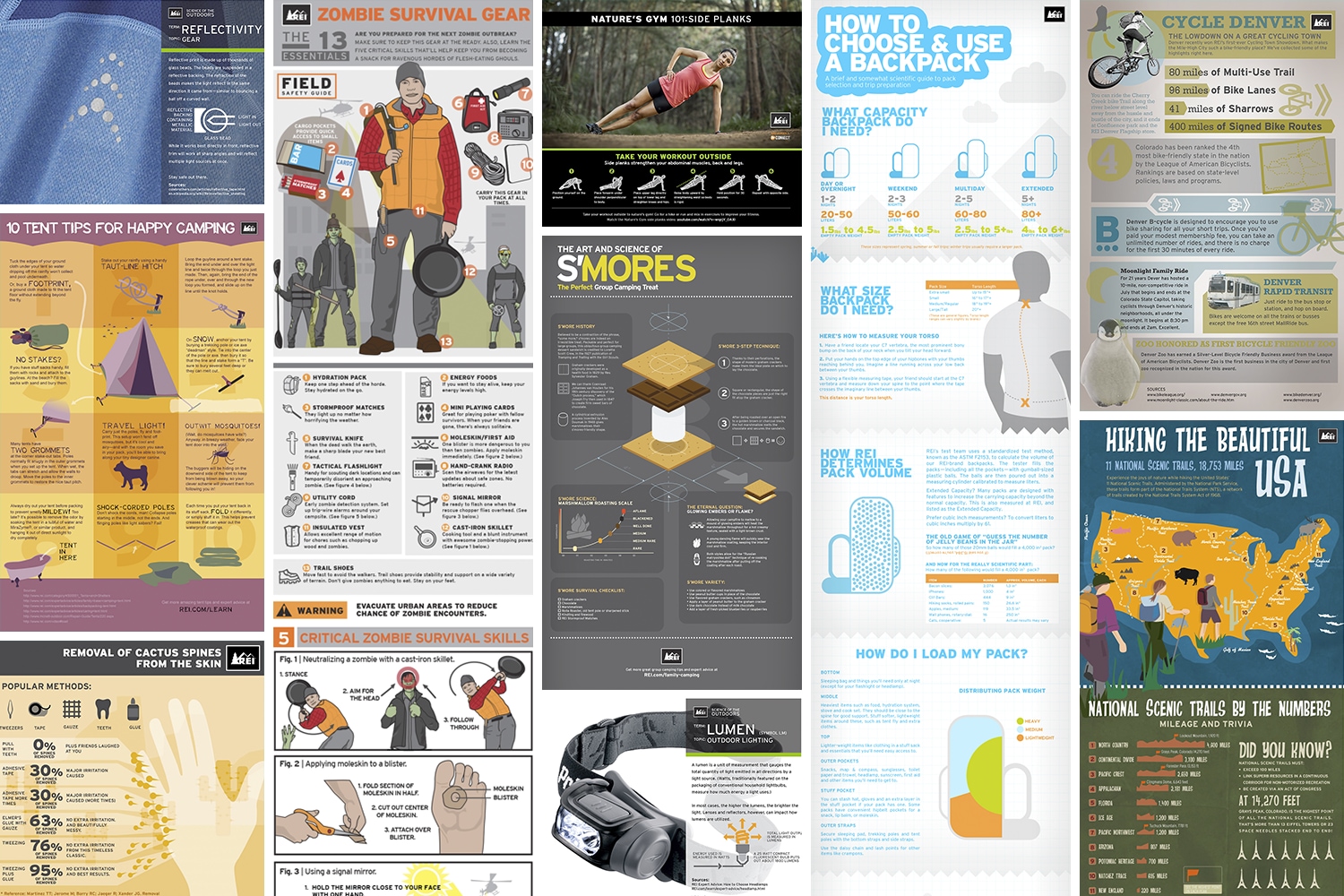Polyester textile locates a varied variety of applications across the garment industry. Whether you're an artist searching for a stable paint surface area or a maker seeking strong attractive products, polyester canvas uses the ideal balance of strength, adaptability and green top qualities.
Nevertheless, some individuals like cotton for its breathability and softness. Garment designers might wish to think about a 50/50 Cotton/Polyester blend for jobs that require both sturdiness and comfort.
Cost
Cotton canvas is much more expensive than polyester because of its resource-intensive cultivation procedure. It additionally needs cautious handling and storage to preserve its quality with time. These included expenditures can increase the general cost of production for musicians and suppliers.
One more drawback to cotton canvas is its susceptibility to fading and damages from UV direct exposure. This can cause decreased color vibrancy with time and a loss of architectural stability, particularly in areas that experience constant call or heavy load-bearing.
In comparison, polyester is an artificial fiber that's crafted for consistency and durability. This makes it an extra cost-efficient option for producers and buyers, particularly in areas where longevity is a leading priority. The product's toughness likewise provides improved resistance to wrinkles and fracturing with time. The synthetic nature of polyester, however, can leave a larger ecological impact than cotton canvas if it's not sourced from organic or low-impact systems. This is an important factor to consider for companies striving for sustainability and eco-conscious branding.
Durability
In the market for canvas rolls, customers deal with a wide range of choices with competing top priorities. Cotton supplies natural texture and breathability, perfect for brands focused on sustainability and craftsmen workmanship. Polyester, on the other hand, provides a balanced mix of strength and security and printing performance with shade vibrancy and resilience.
Inevitably, the material you pick for your items must mirror the directing concepts of your brand tale and values. While cotton can provide a costs aesthetic, it's likewise prone to contraction and maintenance costs, while polyester makes it possible for better manufacturing effectiveness and long-lasting expense performance.
Both textiles are durable and carry out well in moist settings, however their different high qualities make them ideal for different applications. Cotton canvas is a lot more breathable, minimizing the threat of mold and mold in areas with high moisture. Polyester, on the other hand, is water-resistant and dries swiftly in environments where dampness can be problematic. This can lower the danger of moisture accumulation in the fabric, protecting against warping or rot in your product with time.
Convenience
When evaluating material options for your brand name-- whether you're starting a workwear line or a comfy loungewear brand-- the sort of cotton or polyester canvas you select influences exactly how your items look, really feel, and wear. While all canvas kinds support print-on-demand and provide high form stability, they vary in color discussion and printing durability, comfort, and sustainability.
Cotton and cotton-polyester blends use a soft appearance, natural organic look, and remarkable heat balance contrasted to artificial choices. Cotton's fibers wick moisture far from the skin and permit warmth to leave, making it optimal for apparel that requires extended wear in cozy environments.
On the other hand, polyester's synthetic nature and petroleum-based manufacturing procedure have a negative energy balance, which can make it much less environment-friendly than cotton in the long run. Polyester's abrasion resistance and water-repellency are outstanding, nonetheless, which makes it the optimal selection for heavy tons or extreme climate condition like rainstorms or marine settings.
Environmental Effect
Whether choosing cotton or polyester, the suitable product for custom-made manufacturing depends on item efficiency objectives. Toughness, longevity, and long life are all important elements when developing products that will endure recurring abrasion, hefty load-bearing, or high tension points. Water resistance, joint stability, and UV stability are additionally important to lasting success in outside and wet settings.
While both textiles can execute well in these areas, their environmental influence is a little various. Cotton's natural, breathable construction requires dramatically extra sources for cultivation than polyester's artificial fibers.
When selecting an ecologically sustainable fabric, think about a large range of influence analysis methods to gauge the complete ecological impact of your product. Some focus on specific influences (like international warming possibility, water use, and shortage) while others depend on more holistic assessments like ReCiPe, weather resistance ILCD, CML, and Eco-indicator 99.
